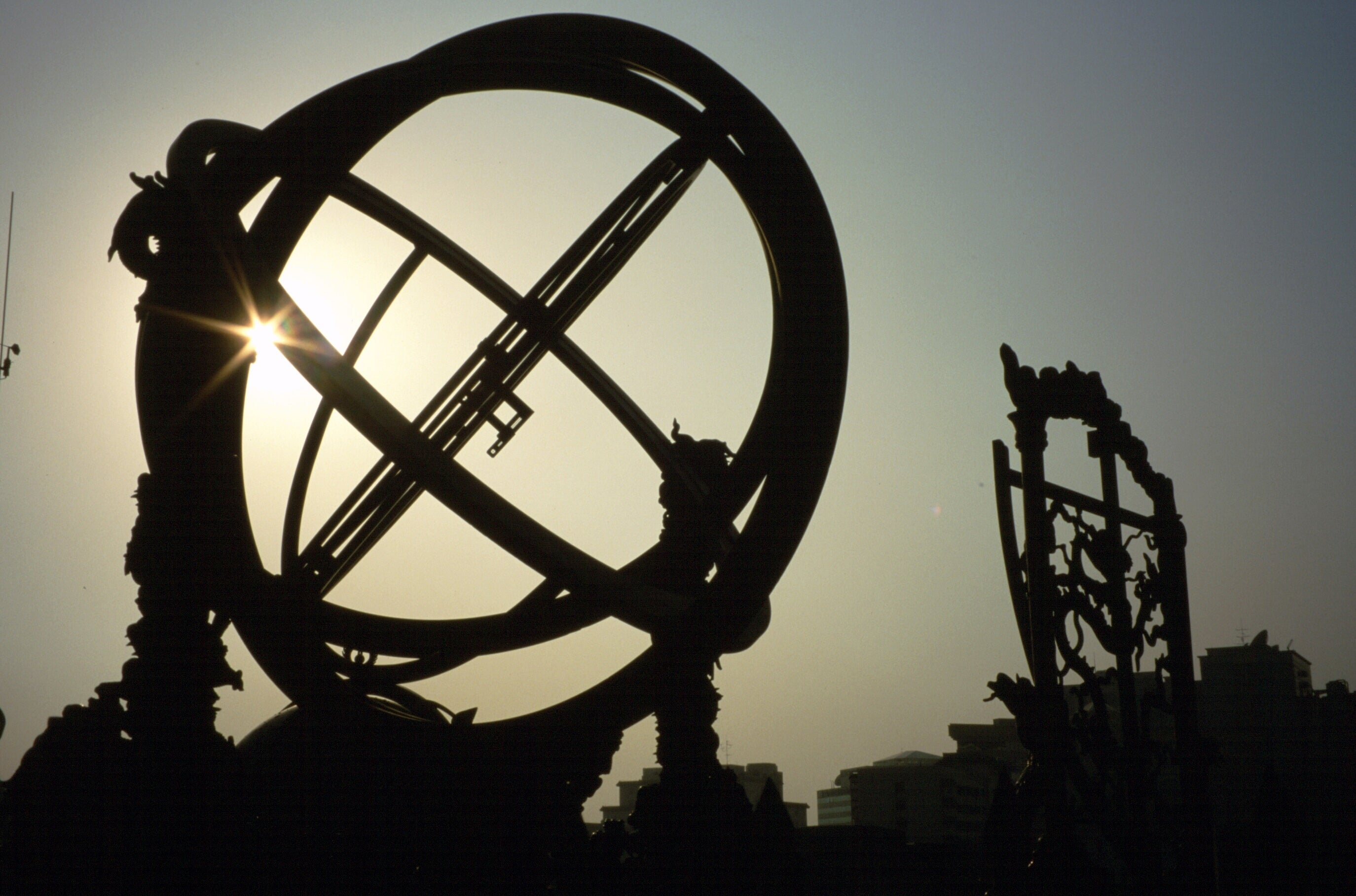Stargazing in February: What Chinese astronomers saw almost 1,000 years ago
Ancient records can help pinpoint the birth of the Crab Nebula, writes Nigel Henbest

It was the year 1054, and Chinese astronomers were astonished. In the region of sky we can see tonight, there was a brilliant interloper just above Orion. Shining more brightly than Venus, this “guest star” was visible during daylight for 23 days. It was over a year before it faded altogether from the night sky.
Gone, but not forgotten. The zombie corpse of this supernova has survived as a tangled cloud of gas threaded with magnetism, that we call the Crab Nebula. You’ll need a telescope to see it; but if your eyes were sensitive to radio waves or X-rays instead of light, the Crab Nebula would be among the brightest objects in the sky.
Modern astronomical instruments reveal that the Crab Nebula is the remnant of an exploded star, but they can’t tell us precisely how old it is. To determine when the Crab Nebula was born – a critical piece of the astrophysical jigsaw – we must turn to the ancient Chinese astronomers.
Oriental records are in fact a cornucopia of astronomical information. For the Chinese, the sky was a mirror of the Earth – for which, read the Chinese Empire – and anything strange in the sky portended change in the provinces (always bad news for the emperor!). So, every night, a team of astronomers recorded all unexpected celestial events: meteors, aurorae, ‘broom stars’ (comets) and guest stars which could be either novae or supernovae,
Though we have complete records stretching back over 2,000 years, it takes an unusual breed of researcher to interpret them. You need the combined skills of reading ancient Chinese and a deep knowledge of astronomy.
The Chinese divided their night sky into 283 small constellations (rather than the 88 large star-patterns we have in the west). Only a couple are familiar to us, including Orion and the Plough. In contrast, where we associate a W-shape of five stars in the northern sky with the mythical Queen Cassiopeia, the Chinese split it into three constellations: a famous charioteer and two roads across the mountains (the Milky Way).
Poring into this data, modern astronomers have found accounts of half a dozen supernovae in the Chinese records. the earliest dating from AD185 when they observed a guest star “half the size of a bamboo mat; it displayed the five colours, both pleasing and otherwise”.
Another record tells us: “In the seventh year of Emperor Qin Shihuang of the Warring States, a broom star first appeared in the east, then it appeared in the north.” This is the earliest account from anywhere in the world of Halley’s Comet, on its appearance in 240BC.
And the most ancient precisely dated astronomical observation is again from China. It reads: “Three flames ate the sun, and big stars were seen.” This was clearly a total eclipse of the sun, when its surrounding corona appears like a set of flames devouring the solar disc, and the brightest stars and planets are visible. We can date this record way back to 5 June 1302BC!
What’s up
The giant of the solar system, Jupiter, has been a beacon in our sky for many months, but it’s now low in the southwest and setting about 6.30 pm as February opens. By the end of the month, Jupiter has disappeared into the twilight glow.
If you’re an early bird, look out for the other naked-eye planets in the morning sky. Leading the way is brilliant Venus, rising about 5am. Below the Evening Star you’ll find, rising in turn, the fainter planets Mars, Mercury and – at the end of the month – Saturn.
On the starry stage, Orion is ruling the heavens, aided and abetted by his two hunting dogs, Canis Major and Canis Minor. His companions include Castor and Pollux, the twin stars of Gemini; Capella, heading up the celestial charioteer (Auriga); and Taurus the bull, featuring red giant Aldebaran.
These “winter stars” are best seen at this time of year; they are lost below the horizon during the summer months. All the stars in the southern part of the sky, in fact, change with the seasons, as the Earth orbits around the sun.
But we shouldn’t overlook the constellations to north, the circumpolar stars that are visible all year. Most familiar are the seven stars of the Plough, making up the body of the Great Bear, Ursa Major. Follow the two end stars of the Plough, and they lead you to the Pole Star, Polaris, which always lie due north. Between then twists Draco, the dragon who guards the polar regions. And you can’t miss the W-shape of Cassiopeia, seen by the ancient Greeks as a queen sitting on her throne (even if oriental astronomers might disagree!)
Diary
3 February: crescent moon near Jupiter
8 February, 1.50pm: first quarter moon
9 February: moon between Aldebaran and the Pleiades
13 February: moon near Castor and Pollux
16 February, 4.55pm: full moon near Regulus; Mercury at greatest elongation west
20 February: moon near Spica
23 February, 10.32 pm: last quarter moon
Philip’s 2022 Stargazing (Philip’s £6.99) by Nigel Henbest reveals everything that’s going on in the sky this year.
Subscribe to Independent Premium to bookmark this article
Want to bookmark your favourite articles and stories to read or reference later? Start your Independent Premium subscription today.

Join our commenting forum
Join thought-provoking conversations, follow other Independent readers and see their replies